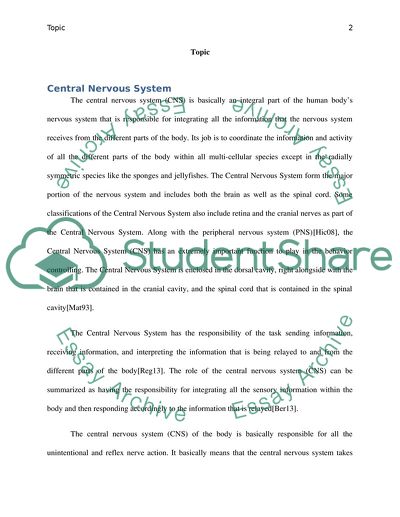Cite this document
(“Human Nervous System Essay Example | Topics and Well Written Essays - 1250 words”, n.d.)
Retrieved from https://studentshare.org/biology/1470570-human-nervous-system
Retrieved from https://studentshare.org/biology/1470570-human-nervous-system
(Human Nervous System Essay Example | Topics and Well Written Essays - 1250 Words)
https://studentshare.org/biology/1470570-human-nervous-system.
https://studentshare.org/biology/1470570-human-nervous-system.
“Human Nervous System Essay Example | Topics and Well Written Essays - 1250 Words”, n.d. https://studentshare.org/biology/1470570-human-nervous-system.


